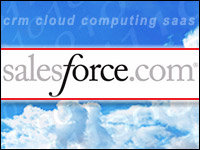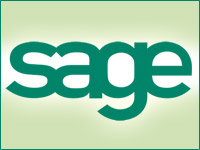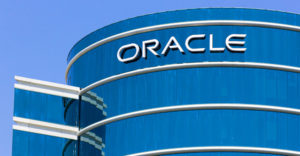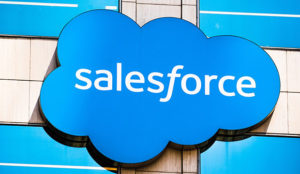Sage and Salesforce put on a lovefest on Tuesday to announce their partnership, in which Sage has developed Sage Life, a product to enable small companies to connect their customer, accounting, payroll and finance data into one system, accessible from any device, anywhere, according to the companies.
The wording leaves it unclear whether the customer data is held in Salesforce’s traditional CRM or if it refers more broadly to ERP data. Sage Life will be out later this year and likely will be shown to the public at Sage Summit, a user meeting to be held in New Orleans in July.
CEOs Stephen Kelly of Sage and Marc Benioff of Salesforce shed no new light on the continuing controversy over whether Salesforce was being pursued by a third party as an acquisition. For all we know, Salesforce is or is not being pursued by an anonymous third party. However, all of the likely contenders — i.e., vendors who can afford such an acquisition — have demurred.
No Sudden Moves
The fireside chat was held at a restaurant not far from Salesforce headquarters in San Francisco. Even if it was not the acquisition announcement many had expected, it certainly was still a newsworthy event. Sage is the second largest software company in Europe, behind only SAP, and the vast majority of its customers — 85 percent, according to Kelly — are still users of on-premises computing solutions to run their small businesses. This partnership is a significant opportunity for both companies.
For Sage, it is a significant upsell opportunity, albeit one that will go through its resellers. The danger for Sage is that its partners or customers will abandon the brand in favor of NetSuite, FinancialForce other cloud solutions. On the other hand, Sage’s huge installed base represents a large community of potential users of the Salesforce1 platform, upon which Sage Life and any future products would be based.
Kelly was careful to note that he regards Sage customers as customers for life, and that he wants to be their supplier into the future. It was his way of reassuring them that even though cloud computing is the future of the industry, Sage will not be twisting arms to get its customers to upgrade. This is both good business and fine logic, because it will take time to educate and motivate Sage’s existing partners to make the switch.
Still, Sage Life offers many modernizations that Sage customers might gravitate toward, such as its ability — thanks to Salesforce1 — to integrate collaboration, social, and an array of other apps on a single handheld device. Significantly, Kelly said that the new application and its underpinnings are as important for Sage customers as the introduction of the iPhone.
No Big Deal
Benioff had no comment when asked about potential acquisition rumors. As the CEO of a publicly traded company, that’s a position he must take to keep from running afoul of the SEC and Justice Department.
Nonetheless, Benioff’s demeanor and business casual dress suggested that this meeting would not produce the kind of news some had expected. When asked specifically about Microsoft, a company once rumored to be a suitor, Benioff praised CEO Satya Nadella as an, “incredible partner,” for his openness and the mutual effort to get the two companies working together over the last year.
Benioff noted that Nadella’s Microsoft is the “old Microsoft,” in that it will reach out to software development partners to help them incorporate its products — such as office, Azure, Outlook — deep into their own, in order to provide users with a well-integrated experience.
Nadella has taken that posture with other software companies, including NetSuite. Just last week, Microsoft and NetSuite made a joint announcement during SuiteWorld. Some had seen it as a flirtation that would precede acquiring Salesforce, but they likely were reading too much into the gesture.
There also was no mention of a Salesforce purchase of a minority interest in Sage. Salesforce from time to time has taken a minority position in other software companies, and I, along with others, had expected this to be part of the announcement — but no.
Friendly Persuasion
For the most part, the Q&A centered around relatively safe topics such as the need to treat customers well, the powerful combination of Sage and Salesforce in the market, and Kelly’s coming effort to transition Sage’s business model to reflect the recurring revenue aspect of cloud and subscription models.
It will be interesting to see if Sage Life is only the first of multiple cloud offerings based on the Salesforce1 Platform, or a one-off. A lot depends on being able to convince partners that the time to go to the cloud is here, even for them. Failure is not an option for this transition, and if the current partner base fails to seize the moment, Sage may have to consider either new recruits or a different business model.

























































